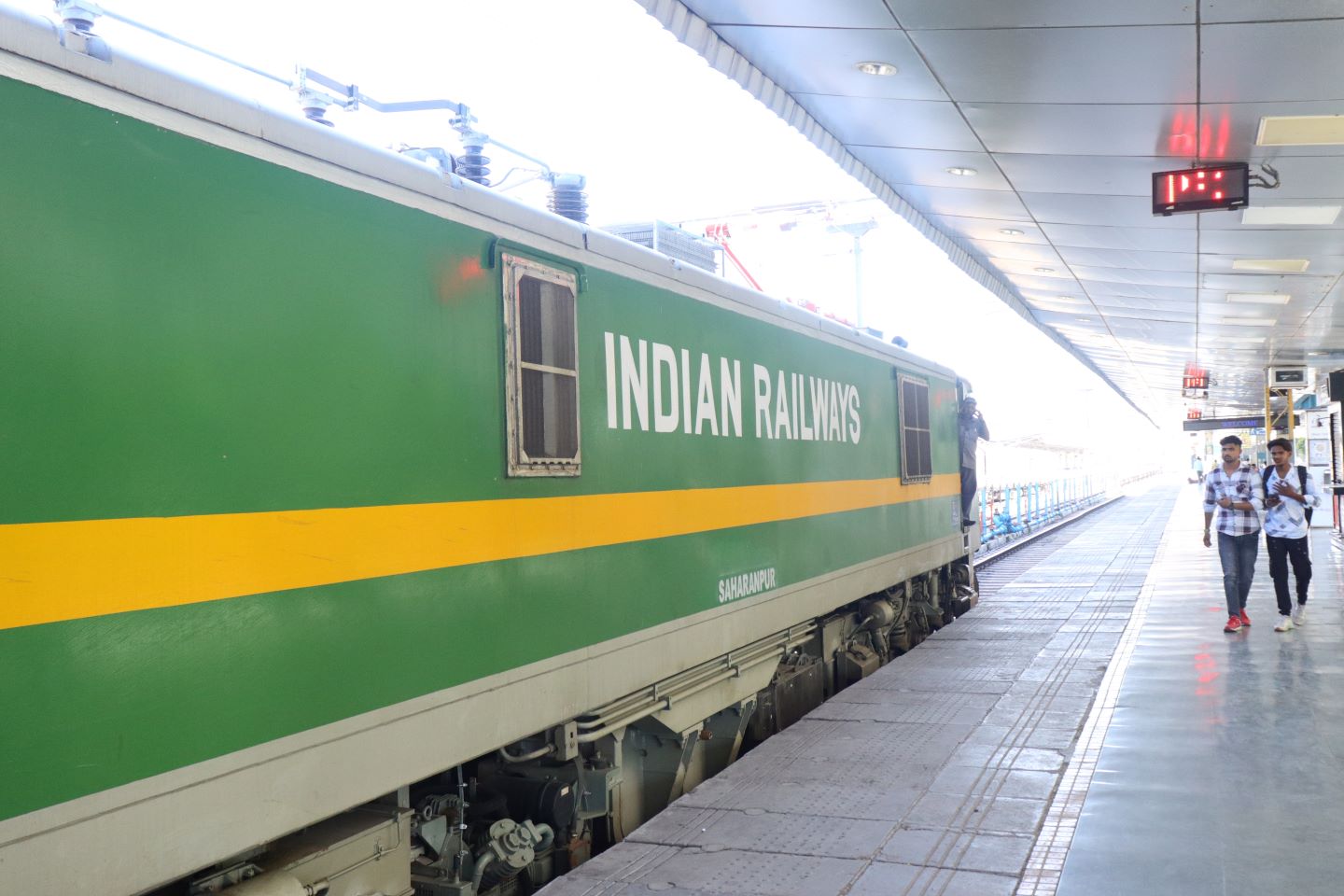
Indian Railways opened its Eastern Dedicated Freight Corridor for operations on 1 November, with full service on the entire 1,337km route for the first time.
The completion of the corridor was announced earlier in October 2023 by Mr R K Jain, the Dedicated Freight Corridor’s (DFC) managing director. It was the final part of the track, which began construction at least a decade ago.
An estimated Rs 550 billion ($US 6.6 billion) was spent on the World Bank-funded EDFC.
The full corridor has the capacity for as many as 250 trains per day, built up from the 140 units per day previously operating on shorter sections of the track. The main use of the line will be coal transport to power stations in Uttar Pradesh, Punjab, and Haryana states. The EDFC will approximately halve journey times for this vital freight.
The Eastern route is the first of several planned freight corridors in India.
The Western Dedicated Freight Corridor (WDFC) is under construction between Dadri in Uttar Pradesh and Jawaharlal Nehru Port in Navi Mumbai. When completed, it could be the busiest freight route in India, carrying in excess of 280 million tonnes of cargo by the middle of the next decade.

US Tariffs are shifting - will you react or anticipate?
Don’t let policy changes catch you off guard. Stay proactive with real-time data and expert analysis.
By GlobalDataThis shorter route was funded by the Japan International Cooperation Agency (Jica).
There are suggestions for further corridors, currently in the planning stages.



